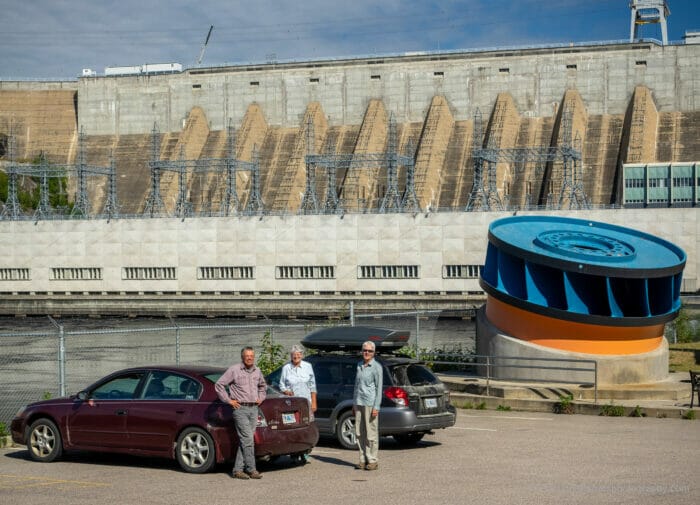
Last week I linked to a well-done report and some associated testing over at Practical Boat Owner that made a convincing argument that sidedeck jacklines are worse, at least when used with a standard 6′ long tether, than not clipping on at all, because of the risk of being killed by dragging.
And then a few days later I came across a Scuttlebutt article titled, “Nearly half die when falling overboard”, with statistics from the UK Marine Accident Investigation Branch supporting the title.
At first I was going to link to the latest piece in a tip with a scary title like “Why We Clip On” or some such.
But that felt kinda wrong so close to the first tip—when does informing turn into scaremongering?
So I decided, instead, to just remind us all that offshore sailing, at least when done with common sense and basic seamanship, is pretty safe.
Sure, people die by falling overboard. But people also die by their furniture falling on them at home.
So what’s the most dangerous thing most cruisers do? My guess is getting into an automobile…that is, unless they are wingsuit BASE jumpers, too.
Oh yes, here’s a link to the Scuttlebutt article, worth reading…at least as long as we keep things in perspective.
And if you are wondering about the photo, that’s Phyllis with our good friends and experienced offshore voyagers Wilson and Thelma, taken in Quebec during our drive of the Trans-Labrador Highway in 2019.

In my industry we have a saying, “the safest job is the one you don’t do.” A lot of folks think it means don’t do anything to be safe. It is about planning, so that the worker turns up with the write tools, procedures, risk assessment, controls and skill to the job. The “ one you don’t do” is the added tasks associated with not having planned the job properly.
Centre line, or near to centre line jackstays fit within this idea, as they are part of a system that removes risks and thus other potential jobs.
Much the same with the articles you publish. I frequently find myself thinking about my own boat and how it measures up.
Hi Alastair,
Thanks for an explanation of a saying that I didn’t really understand either.
Some scary racing accidents in Seattle this spring add another related error. NEVER wear an inflatable life jacket and harness without leg straps. That error makes self help and retrieval much more difficult.
Hi Terence,
I agree crotch straps are a good thing on life jackets. But they also have severe limitations when used in harness mode. That said, the newer Deckvest 6D has a much more usable crotch strap rather than the impractical thigh straps that the 5D came with, so we are now using them, however, even the new 6D strap is not strong enough to withstand tether arrest loads so our warning about tightening the chest strap still holds.
John and Amanda have been preaching the benefit of high lifelines for decades. I used them when I sailed on Mahina and they were super easy to use and totally logical. It’s hard to see how you would die on such a system.
Hi Peter,
While I agree that high lines have benefits, they are far from a panacea. Most of the high lifelines I have seen still have drag risk because of the stretch in the system. See “Highlines” for the math and other drawbacks: https://www.morganscloud.com/2025/03/27/flawed-jackline-systems-revisited/